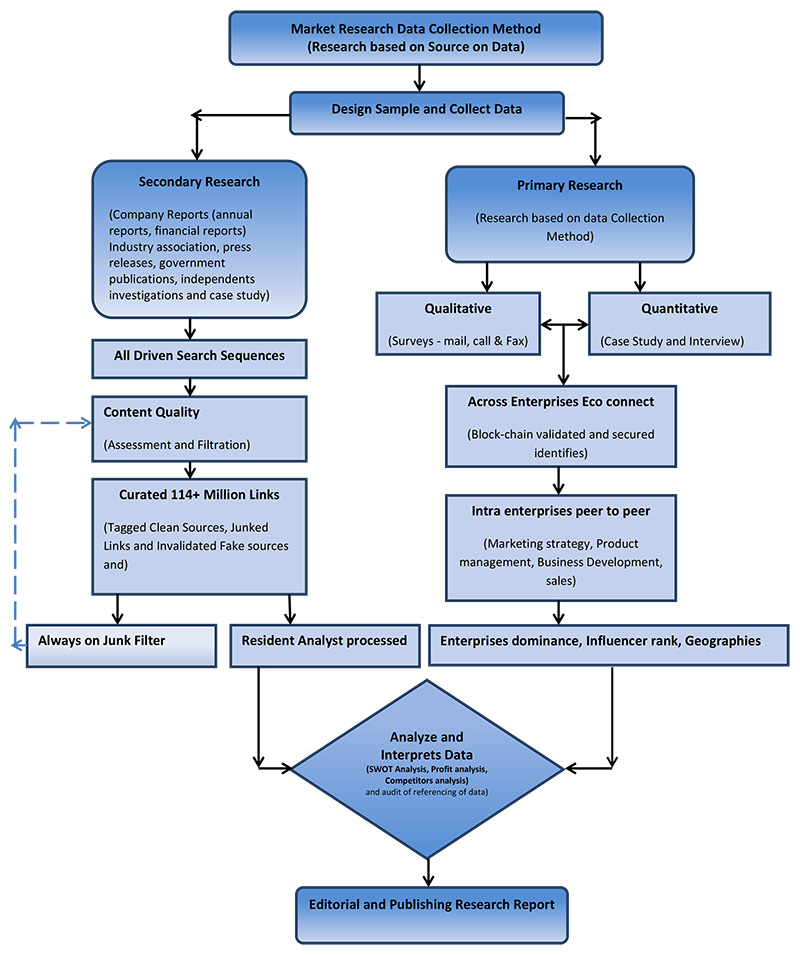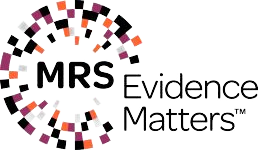Global Portable Ultrasound Equipment market – Overview
- The report will cover the overall analysis and insights in relation to the size and growth rate of the “Global Portable Ultrasound Equipment market ” by various segments at a global and regional level for the 2014-2027 period, with 2014-2019 as historical data, 2020 as a base year, 2021 as an estimated year and 2021-2027 as forecast period.
Global Portable Ultrasound Equipment market – Introduction
- The portable ultrasound equipment market is driven by early stage diagnosis of diseases. Early disease diagnosis has helped in the detection of cardiovascular diseases, gynecological disorders, and cancer. Early detection of these diseases enables physicians and clinicians to provide patients with quick treatment options, thereby reducing mortality rates. Portable ultrasound equipment are increasingly finding applications in vascular access, DVT surveillance, gallbladder visualization, abdominal assessments, and urinary bladder dysfunction. Rising geriatric population and new product launches have also fueled the growth of the portable ultrasound equipment market.

Report Includes
- The report provides a basic overview of the industry including definitions, classifications and industry chain structure.
- A brief overview of the commercial potential of products, technologies and applications.
- Company profiles of leading market participants dealing in products category.
- Description of properties and manufacturing processes.
- Discussion of the current state, setbacks, innovations, and the future needs of the market.
- Detailed discussion regarding impact of product on demand
- Up-to-date analyses of market trends and technological improvements in the market
- Examination of the market by application and by product sizes; utility scale, medium scale and small scale.
- To strategically profile key players and comprehensively analyze their market rankings and core competencies
- The report focuses on detailed profile of major leading industry players with information such as company profiles, product picture and specification, capacity, production, price, cost, revenue and contact information.
- Coverage of historical overview, key industrial development and regulatory framework.
- To track and analyze competitive developments, such as contracts & agreements, expansions, new product developments, and mergers & acquisitions in the market
Reports Scope and Segments
- The scope of the report covers the clear understanding and overview of the product.
- The report covers discussion of economic trends and technology.
- It also explains the major drivers and current trends within the particular sector.
- The key countries in all the major regions are mapped on the basis of their market share.
- Market estimates represent revenue.
- Discusses trends within the market and provides a future outlook.
- Reviews business activities of market leaders.
- This report provides a quantitative analysis of the current trends, estimations, and dynamics.
- In-depth analysis of the market segmentation assists in determining the prevailing market scope
- Major countries in each region are mapped according to their revenue contribution to the global industry. Market player positioning facilitates benchmarking and provides a clear understanding of the present position of the market players.
| Attribute | Details |
|---|---|
| Market size available for years | 2014–2027 |
| Base year considered | 2020 |
| Forecast period | 2021–2027 |
| Historical period | 2014-2019 |
| Forecast units | Value (USD) & Volume (Million Units) |
| Segmentation | By Regions North America, Europe, Asia Pacific, Latin America and Middle East & Africa |
| By Countries United States, Russia, China, Germany, United Kingdom, France, Japan, Israel, Saudi Arabia, South Korea, United Arab Emirates, Canada, Indonesia, Malaysia, Switzerland, Australia, India, Italy, Sweden, Spain, Belgium, Netherlands, Norway, Brazil, Argentina, Mexico, South Africa and 54 Others. |
|
| By Product Type Cart/Trolley-Based and Handheld. |
|
| By Application Radiology, Obstetrics/Gynecology, Musculoskeletal, Cardiovascular, Gastrointestinal and Others. |
|
| By End-user Hospitals, Clinics, Ambulatory Care Centers, Maternity Centers, Home Care and Others. |
|
| Companies covered | Canon Medical Systems Corporation; Clarius Mobile Health; Esaote SpA; FUJIFILM SonoSite, Inc.; FUKUDA DENSHI USA, INC.; GE Healthcare; Hitachi Medical Systems Europe Holding AG; Koninklijke Philips B.V; Mindray Medical International Limited; Mobisante, Inc.; Samsung Healthcare; Siemens Healthineers AG; Signostics, Inc.; EchoNous, Inc.; Teratech Corporation (Terason); Toshiba Medical Systems Corporation; Verathon, Inc. and Others. |

Segments Covered in Global Portable Ultrasound Equipment market
- The global portable ultrasound equipment market has been segmented based on product type, application, end-user, and region. In terms of product type, the market has been divided into hand-carried systems, hand-operated or handheld systems, and bedside systems. In terms of application, the market has been categorized into gynecology, radiology, cardiology, urology, ophthalmology, critical care medicine, musculoskeletal, emergency medicine, and anesthesiology. Based on end-user, the global portable ultrasound equipment market has been segmented into hospitals, clinics, ambulatory care centers, maternity centers, long-term care, home care, and others.
- The global Portable Ultrasound Equipment market segment on the basis of region includes Europe, Asia-Pacific, North America, and other parts of the world. Europe was the next lucrative market for portable ultrasound equipment. The global portable ultrasound equipment market in Asia Pacific is expected to be driven by improving health care infrastructure, rising disposable incomes, public growing awareness levels about the benefits of portable ultrasound procedures, increasing incidence of age related illnesses, and health care reforms initiated by governments in the region.
Covid-19 Impact on the Global Portable Ultrasound Equipment market
- COVID-19 is a new strain of coronavirus that has not been previously identified in humans . Coronaviruses (CoV) are a family of RNA (ribonucleic acid) viruses. COVID-19 started in Asia and is now spreading over the rest of the world via person-to-person contact and community spread. COVID-19 pandemic may have an potential impacts on Global Global Portable Ultrasound Equipment Market.
Key Market Players in Global Portable Ultrasound Equipment market
- The major players in the Global Portable Ultrasound Equipment market are Canon Medical Systems Corporation; Clarius Mobile Health; Esaote SpA; FUJIFILM SonoSite, Inc.; FUKUDA DENSHI USA, INC.; GE Healthcare; Hitachi Medical Systems Europe Holding AG; Koninklijke Philips B.V; Mindray Medical International Limited; Mobisante, Inc.; Samsung Healthcare; Siemens Healthineers AG; Signostics, Inc.; EchoNous, Inc.; Teratech Corporation (Terason); Toshiba Medical Systems Corporation; Verathon, Inc. and Others.
- Also, the Portable Ultrasound Equipment market analysis report includes information on upcoming trends and challenges that will influence market growth. This is to help companies strategize and leverage all forthcoming growth opportunities.
Objectives of the Global Portable Ultrasound Equipment market Study
- To provide detailed information regarding drivers, restraints, opportunities and challenges are influencing the growth in the Global Portable Ultrasound Equipment market.
- To analyze the competitive intelligence of players based on company profiles and their key growth strategies.
- To strategically analyze micro markets with respect to the individual growth trends, their prospects, and their contribution to the total Global Portable Ultrasound Equipment market.
- To analyze competitive developments such as expansions, and product launches, along with research & development (R&D) activities undertaken in the Global Portable Ultrasound Equipment market.
- A unique model is created customized for each study also offers suggestions that help enterprises to identify and mitigate risks.
Note
- Global Industry Reports will also support you post-purchase for a period of 6 months to answer any of your queries related to the following market and to provide you any more data if you need, for your analysis.
- Also, you can buy some selected Chapters from the report.









